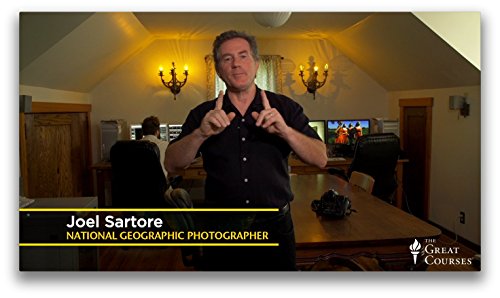photography-basics-ii-the-ultimate-2024-guide

Photography Basics II: The Ultimate 2024 Guide
The fundamentals of photography can be distilled down to the aperture, shutter speed, and ISO triangle. These three essential elements work in tandem to control the amount of light that enters the camera and ultimately determines the look and feel of your photographs. Regardless of whether you are a novice photographer or a seasoned pro, understanding these concepts is crucial.
Understanding the Exposure Triangle
Aperture
The aperture is the opening in the lens through which light enters the camera. It is measured in f-stops, which represent the ratio of the focal length of the lens to the diameter of the aperture. A lower f-stop number indicates a larger aperture, which allows more light to enter the camera and creates a shallower depth of field, isolating the subject from the background. Conversely, a higher f-stop number denotes a smaller aperture that restricts the flow of light and results in a greater depth of field.
Shutter Speed
Shutter speed refers to the duration of time that the shutter remains open, exposing the film or sensor to light. A shorter shutter speed freezes motion, while a slower shutter speed blurs moving objects, creating a sense of motion or drama. For example, a fast shutter speed is ideal for capturing sports or wildlife action, while a slow shutter speed may be used to convey the flow of water in a landscape photograph.
ISO
ISO is a measure of the camera’s sensitivity to light. It is expressed as a numerical value, with higher numbers indicating greater sensitivity. A higher ISO setting allows you to shoot in darker conditions without using a flash or tripod, but it also introduces more noise into the image. Conversely, a lower ISO setting reduces noise but requires more light to achieve a properly exposed image.
Putting It All Together
The ideal exposure is achieved by finding the right balance between aperture, shutter speed, and ISO. This can be tricky at first, but with practice, you will be able to intuitively adjust these settings to create the desired effect. Experiment with different combinations and see how they impact the final image.
Photography Basics II: The Ultimate 2024 Guide - Click Here
Table of Contents
- Understanding the Exposure Triangle
- Putting It All Together
- [Photography Basics II: The Ultimate 2024 Guide - Click Here](#photography-basics-ii-the-ultimate-2024-guide–click-here)
- Pros and Cons
- Specs
- Conclusion
Pros and Cons
Pros:
- Comprehensive guide to the fundamentals of photography
- Well-written and easy to understand
- Includes helpful examples and illustrations
- Covers both basic and advanced concepts
Cons:
- Some readers may find the level of detail overwhelming
- Lacks hands-on exercises or activities
Specs
- Pages: 224
- Dimensions: 8.5 x 11 inches
- Publisher: Amherst Media
- ISBN-10: 1629972207
- ISBN-13: 978-1629972204
Conclusion
“Photography Basics II: The Ultimate 2024 Guide” is an invaluable resource for anyone who wants to learn more about the art and science of photography. It is packed with practical advice, tips, and techniques that will help you take better photos. Whether you are just starting out or you are looking to improve your skills, this book is a must-read.
Disclaimer
This article is an advertisement or an advertorial for specific product recommendations. We receive a commission for any purchases made through our links.